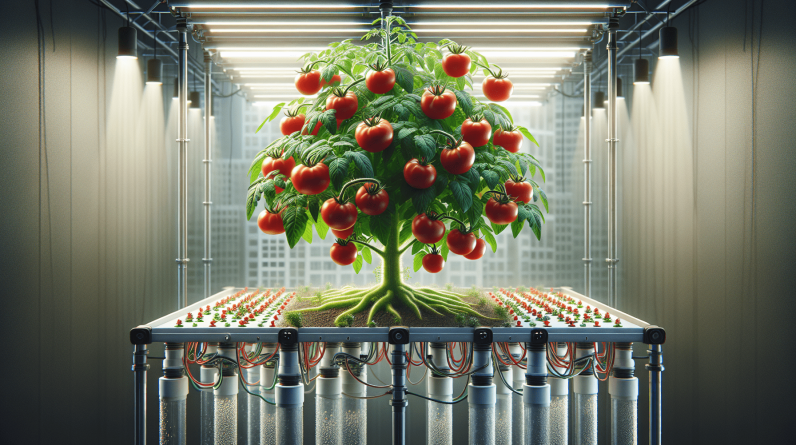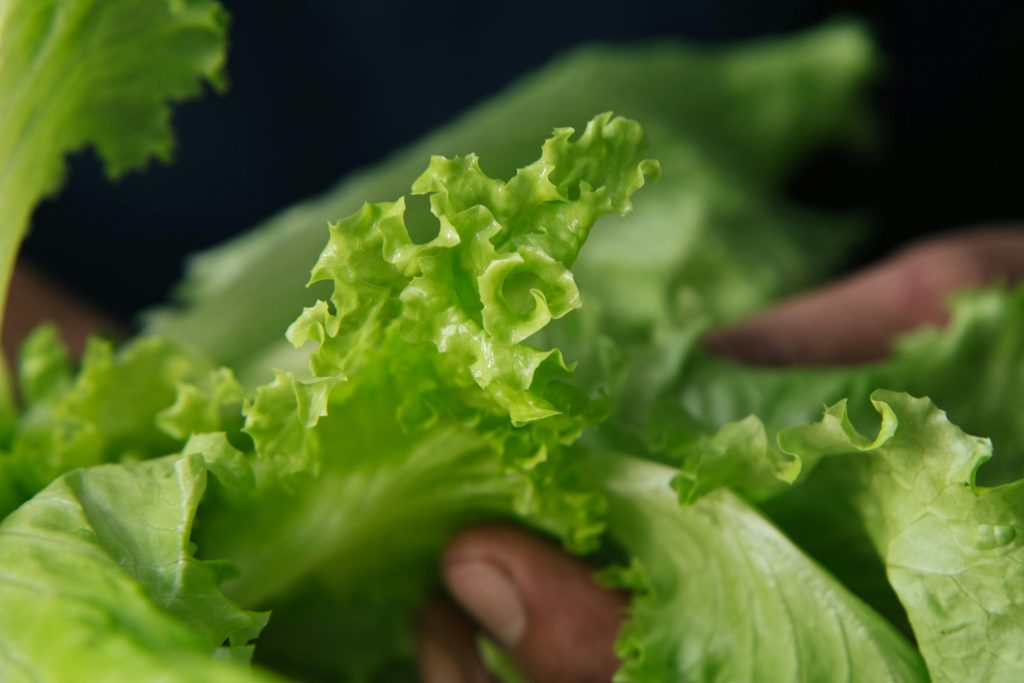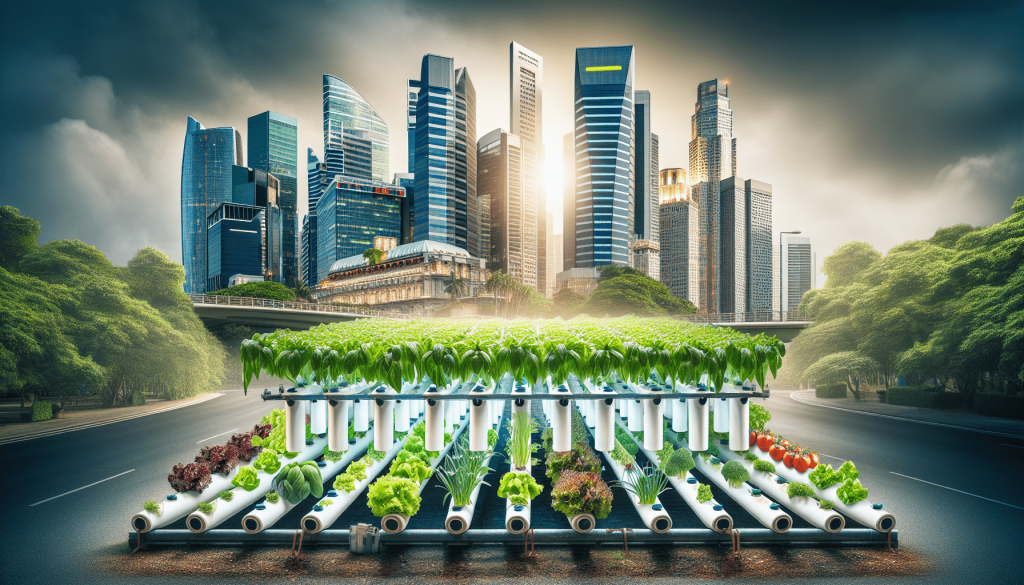
Have you ever wondered about the future of urban agriculture and how we can cultivate fresh produce sustainably within cities? The answer lies in hydroponic farming, a revolutionary method that is shaping the way we grow crops in urban settings. If you’re curious about the benefits and advantages of hydroponics, keep reading to discover why this innovative approach is gaining traction and is likely to play a crucial role in the future of urban agriculture.
Understanding Hydroponic Farming
Hydroponic farming is a soilless method of growing plants that relies on nutrient-rich water solutions to nourish the roots. This technique allows plants to thrive without the need for traditional soil, leading to faster growth and enhanced productivity. By providing essential nutrients directly to the roots, hydroponics optimizes plant growth and minimizes the risk of nutrient deficiencies.
Why Choose Hydroponic Farming?
Hydroponic farming offers several key advantages over traditional soil-based agriculture. The controlled environment in hydroponic systems allows for precise monitoring of nutrient levels, pH balance, and water quality, ensuring optimal conditions for plant growth. Additionally, hydroponic farming conserves water by recycling and reusing nutrient solutions, making it a more sustainable and environmentally friendly option.

Benefits of Hydroponic Farming
There are various benefits to adopting hydroponic farming practices, especially in urban agriculture settings. From increased efficiency to reduced resource consumption, hydroponics is revolutionizing the way we grow and harvest crops.
Faster Growth and Higher Yields
Plants grown in hydroponic systems often experience faster growth rates and higher yields compared to traditional soil-based methods. By providing roots with direct access to nutrients, plants can focus their energy on growth and production, resulting in more abundant harvests in a shorter time frame.
Water Conservation
One of the significant advantages of hydroponic farming is its water-saving capabilities. Traditional soil-based agriculture requires significant amounts of water for irrigation, resulting in water wastage and depletion of natural resources. In contrast, hydroponic systems use up to 90% less water, making them a more sustainable option for water-stressed areas.
Year-Round Cultivation
Hydroponic farming allows for year-round cultivation, regardless of external weather conditions. By controlling the environment within the growing system, farmers can grow crops throughout the year, ensuring a consistent and reliable food supply even in urban areas with limited agricultural space.
Pest and Disease Control
Hydroponic systems minimize the risk of soil-borne diseases and pests that can harm plant health and reduce crop yields. By eliminating soil from the equation, hydroponic farming creates a clean and sterile environment that promotes plant growth and health, reducing the need for harmful chemicals and pesticides.
Sustainable and Efficient
Overall, hydroponic farming provides a sustainable and efficient approach to growing fresh, healthy crops in urban settings. By maximizing resource efficiency, minimizing water usage, and reducing chemical inputs, hydroponics offers a greener and more environmentally friendly alternative to traditional farming practices.

Types of Hydroponic Systems
There are several types of hydroponic systems that can be used to grow a wide variety of crops efficiently and effectively. Each system has its unique features and benefits, catering to different plant requirements and grower preferences.
| Type of Hydroponic System | Description |
|---|---|
| Nutrient Film Technique (NFT) | Nutrient solution is pumped through a gully or channel, delivering nutrients directly to the plant roots. |
| Deep Water Culture (DWC) | Plants are suspended in a nutrient-rich water solution, allowing roots to absorb oxygen and nutrients. |
| Ebb and Flow System | Nutrient solution floods the growing medium periodically, providing plants with water and nutrients intermittently. |
| Aeroponics | Roots are suspended in the air and misted with a nutrient solution, allowing for maximum oxygen absorption and nutrient uptake. |
Choosing the Right System for Your Needs
When considering which hydroponic system to use, it’s essential to assess your space, budget, and crop requirements. Each system has its unique characteristics and benefits, so selecting the right one will depend on your specific goals and resources.

Setting Up a Hydroponic System
Creating a hydroponic system can be a rewarding and fulfilling experience, whether you’re a beginner or seasoned grower. With the right tools, materials, and knowledge, you can set up a successful hydroponic system in your home, garden, or urban farm.
Key Components of a Hydroponic System
Before getting started, it’s crucial to understand the key components of a hydroponic system and how they work together to support plant growth. From nutrient solutions to grow lights, each element plays a vital role in creating an optimal environment for healthy and robust crops.
Step-by-Step Guide to Setting Up Your System
If you’re new to hydroponic farming, follow this step-by-step guide to set up your system and start growing your own fresh produce at home:
- Choose a suitable location for your hydroponic system, ensuring easy access to water, electricity, and natural light.
- Select the type of hydroponic system that best suits your space and crop requirements, taking into account factors such as plant size, growth rate, and nutrient needs.
- Assemble the necessary components, including a reservoir, grow tray, nutrient pump, growing medium, and nutrient solution.
- Install the system according to the manufacturer’s instructions, making sure all connections are secure and properly sealed.
- Add the growing medium and plant your crops, ensuring roots are properly submerged in the nutrient solution and receive adequate light and ventilation.
- Monitor nutrient levels, pH balance, and plant health regularly, making adjustments as needed to optimize growing conditions and maximize yield.
Tips for Success
To ensure a successful and productive hydroponic system, keep these tips in mind:
- Regularly monitor and maintain nutrient levels, pH balance, and water quality to prevent nutrient deficiencies and plant stress.
- Provide adequate lighting and ventilation to promote plant growth and photosynthesis, especially in indoor or low-light environments.
- Keep a detailed log of your system’s performance, including plant growth rates, harvest yields, and any issues or challenges encountered.
- Experiment with different nutrient solutions, growing media, and plant varieties to find the best combination for your specific growing conditions and goals.

Conclusion
As urban populations continue to grow, the demand for fresh, locally grown produce is on the rise. Hydroponic farming represents a sustainable and efficient solution to this challenge, offering a way to grow crops in urban environments with limited space and resources. By harnessing the power of hydroponics, you can cultivate healthy, nutritious crops year-round, contributing to a greener and more sustainable future for urban agriculture. Embrace the future of farming with hydroponics and discover the endless possibilities for growing fresh produce in your own backyard or community garden.





